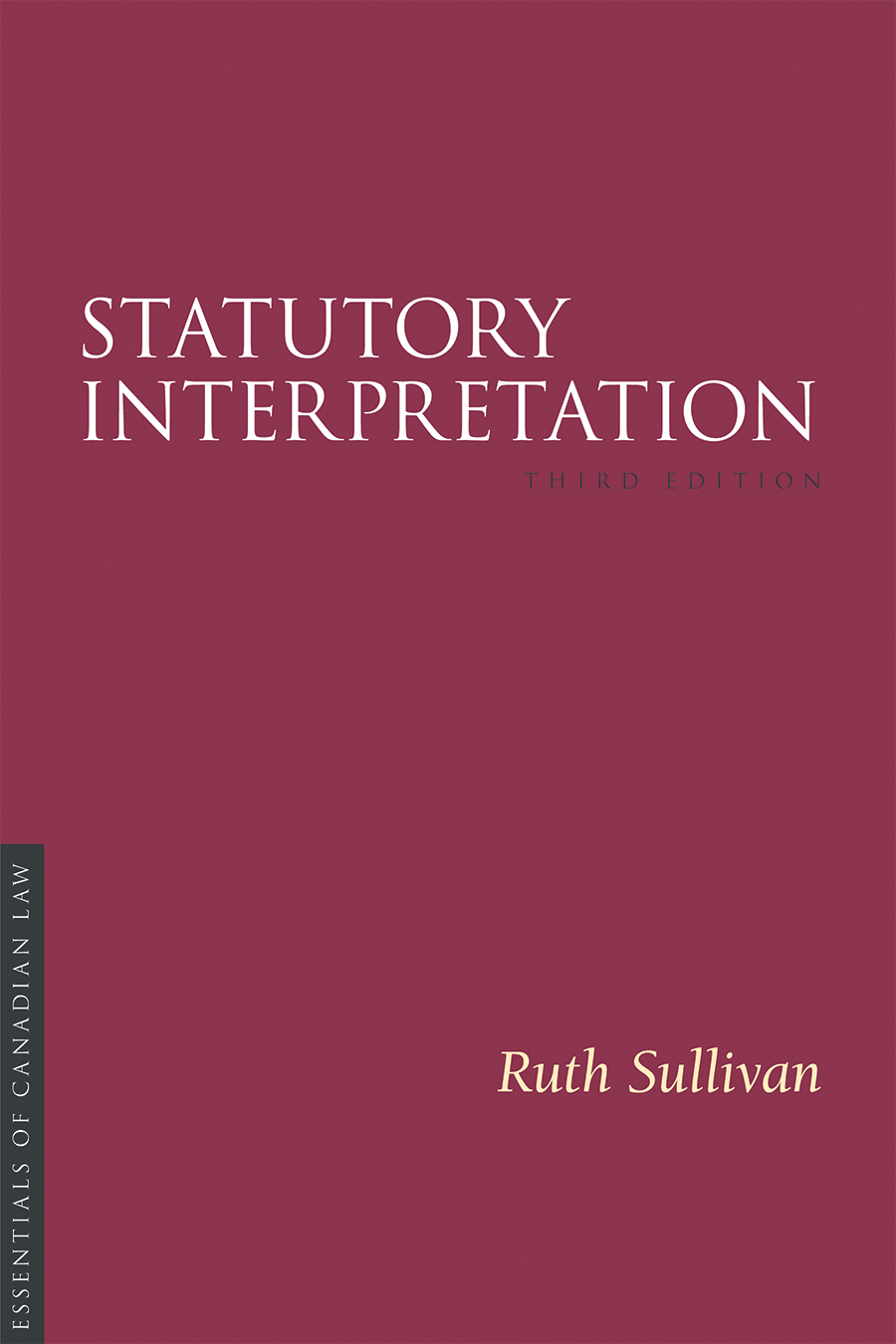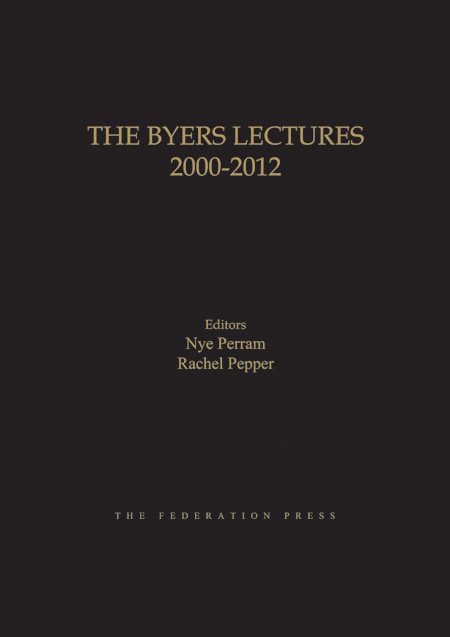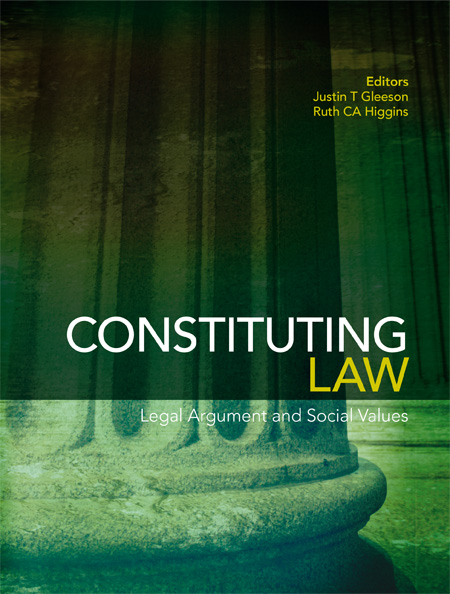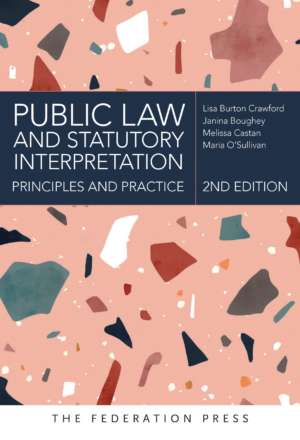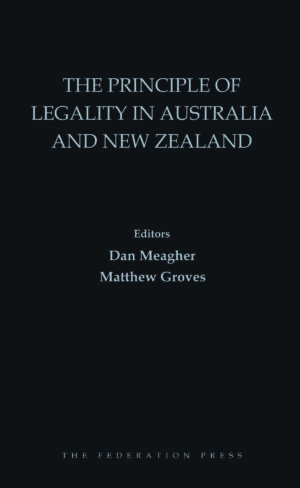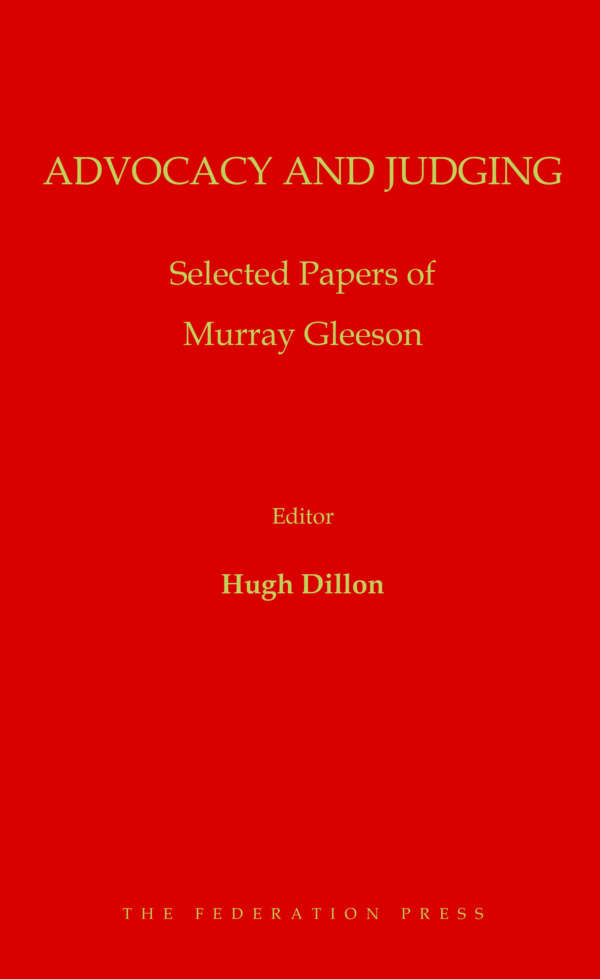Product Description
Statutory Interpretation is a practical guide to the techniques and reasoning used by lawyers and judges to resolve interpretation problems. The book deciphers the complex rules of interpretation, explains the way these rules relate to each other, and focuses on their strategic use in constructing arguments and justifying outcomes.
The third edition has been updated and restructured, adding a new chapter to the Introduction that explains what is meant by “the entire context” — the core concept of the modern principle that governs interpretation — and shows how the various interpretive rules and presumptions fit into that complex concept. There is another new chapter on Aboriginal law and rights to reflect the increasing importance of this area of law. Finally, this edition offers an expanded, comprehensive treatment of the presumptions of legislative intent and the important role that policy plays in interpretation, even though courts are sometimes reluctant to acknowledge that role.
Written by Canada’s leading authority in the field, this is a desk book that no legal practitioner should be without.

